All About Broccoli Seedlings
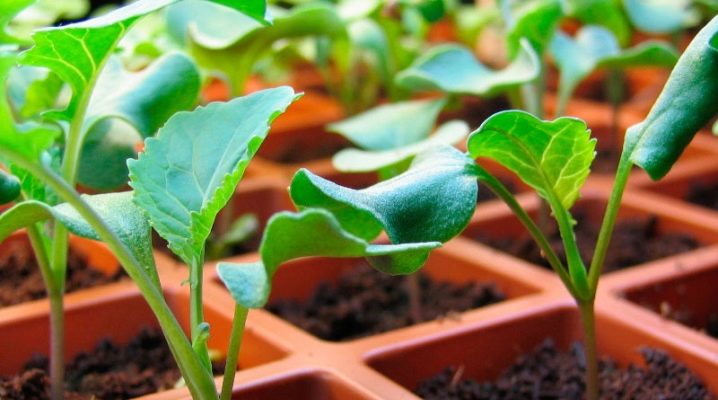
Broccoli occupies one of the places of honor in the preparation of many dishes. But even with this in mind, some summer residents still do not know about the existence of such cabbage. And gardeners who have tasted this vegetable feel a certain fear of not knowing exactly how to plant and grow cabbage. But in reality, everything turns out to be much simpler. Observing all the rules of agricultural technology, any summer resident will be able not only to grow broccoli, but also to harvest a large harvest.

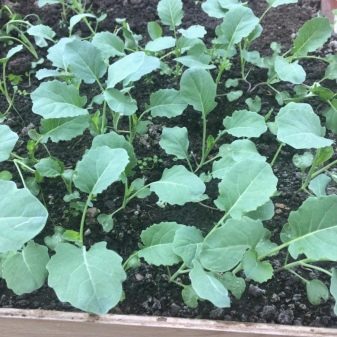
general description
Broccoli belongs to the group of annual plants. It is also called asparagus cabbage. The closest relative in this subspecies is cauliflower.
Broccoli contains a large amount of various minerals as well as vitamins. Suitable for consumption by people who adhere to a diet, as well as children and allergy sufferers.

From the representatives of the cabbage family, broccoli stands out for its appearance. At first glance, the vegetable looks like a mushroom from another planet due to its sheets and small balls at the top. Some, who are not familiar with broccoli as a species, consider this variety as an ornamental cabbage, and all heads of cabbage as flowers.
Broccoli consists of a thick stem that can be 6 centimeters or more in diameter. From it grows many stalks-branches tightly adjacent to each other. The fleshy head of the inflorescences is rather loose and easily separates with a slight pressure. The stem is light green, but the umbrella-top is dark green.

You can buy cabbage both by seeds and seedlings. In the first option, you will have to tinker a little, because you need to prepare the seeds and let them germinate before planting.
Seedling, on the other hand, makes preparation easier and saves time, but costs a little more.
There are three types of broccoli varieties on the market and in specialty stores.
-
Classic (also called Calabrian). The most common cabbage in Russia. Forms the usual rounded head of cabbage with underdeveloped inflorescences.
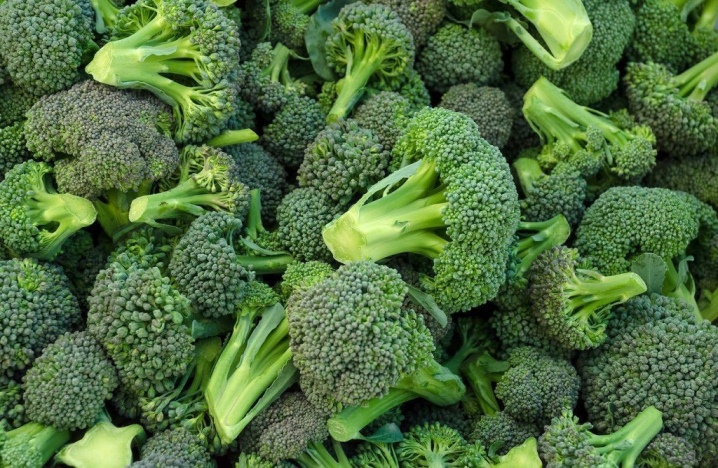
- Red is a small species that resembles cauliflower in appearance. A head of cabbage of medium size with underdeveloped flowers. Her color varies from pink-manganese to purple. It is grown both by seeds and seedlings.
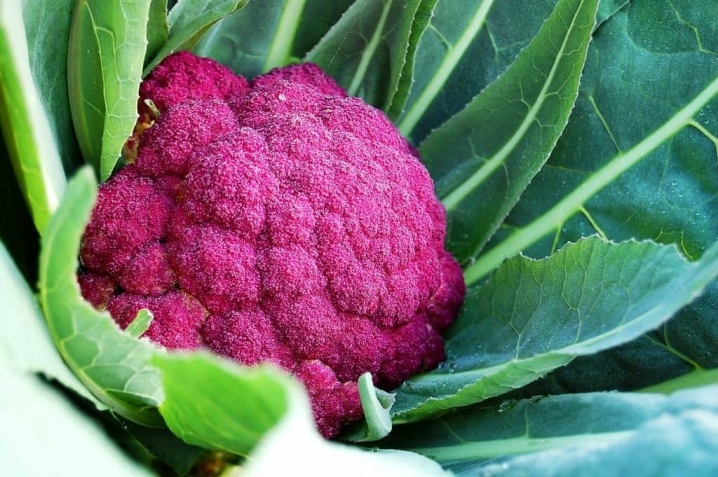
- Stem. It consists entirely of unopened inflorescences that grow on long and thin stems that emerge from one trunk and form a small bunch. Most often, this particular cabbage is sold frozen on store shelves. In fact, the head of broccoli is very large, but it is specially divided into smaller bunches before freezing.
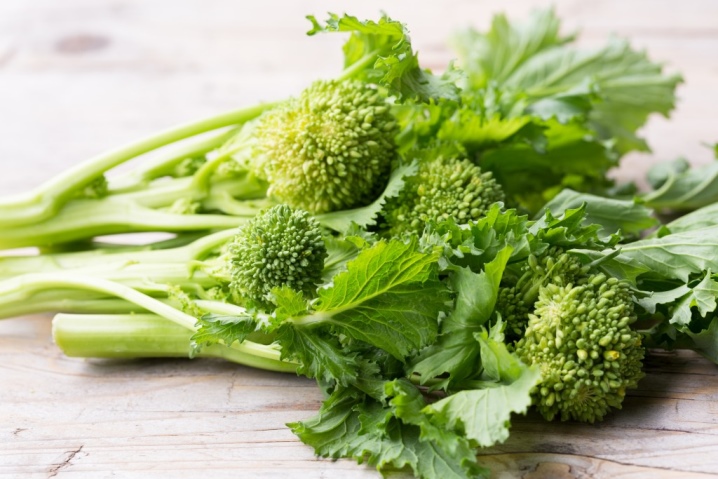
Seedlings can also be divided according to the ripening time of the cabbage.
-
Early varieties. Ripening takes only 50-100 days. They are distinguished by good immunity, stem development and taste. Ideal for freezing. Suitable for the regions of the Urals and Siberia, since cabbage fully ripens before the onset of the first frost and makes it possible to get a rich harvest.
-
Mid-season. They ripen in 105-130 days. Most often, they are immediately consumed fresh or stored in a refrigerator or a cool dark place for up to one month. Can be stored frozen for 6 to 12 months. After this time, when defrosting, they will begin to lose useful properties. Mid-season varieties are distinguished by their non-spreading crown and compactness.
-
Late ripening. Ripen in 135-150 days.Stored in the refrigerator for up to 2 months. But there are varieties that need to be consumed within 1 week (such as Romanesca). Suitable for freezing, but no more than 1 year. These varieties grow well indoors and outdoors.
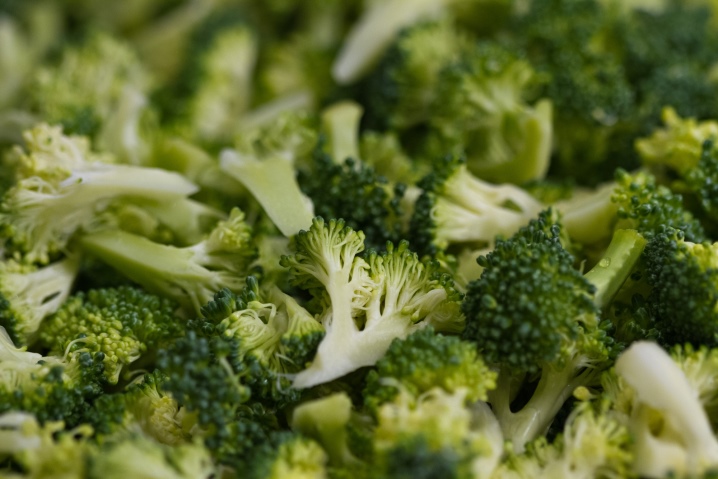
Growing
As is known from history, broccoli as a vegetable came to us from Italy. The peninsula has a rather mild and warm climate. That is why many gardeners are afraid to grow cabbage, given that cold weather prevails in Russia. But this is not critical. Unlike cauliflower, broccoli does not like extreme heat and prefers a more humid and cooler climate. And also the variety grows on any soil.
But there are also downsides to each positive side.

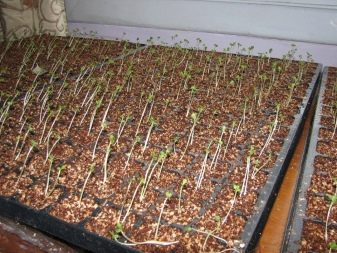
It is quite difficult to grow seedlings at home, since it is very hot and stuffy in the apartment premises, especially in March, when the heating is still on. Too high and warm temperatures are not important for seedlings, so a balcony or unheated greenhouse is the best option.
Preparation
Before sowing seeds in the ground, you must first prepare everything. First you need to pick up the soil and capacity. Cabbage is very fond of loose and nutritious soil, so it is better to purchase one in a special store or prepare it yourself. If you prepare the mixture manually, it is necessary to mix the components of manure, humus, turf soil correctly. You can also add a little sand to lower the acidity. In addition, it is worth adding minerals to the soil.

If the land is harvested independently, then it is better to take it in places where the cultures of the cruciferous family have not grown before (this is cabbage, radish or radish). They suffer from some diseases, which most often have a focus directly in the ground.
In order to avoid the appearance of all fungal infections, it is recommended to bake the soil in the oven. Having poured earth on a baking sheet with a thin layer, it must be put in the oven for 15-20 minutes at a temperature of 150-200 ° C. After the baking sheet was taken out of the oven, let the ground cool slightly, then spill it with a solution of 1% potassium permanganate. This procedure is carried out 2-3 weeks before the upcoming sowing.
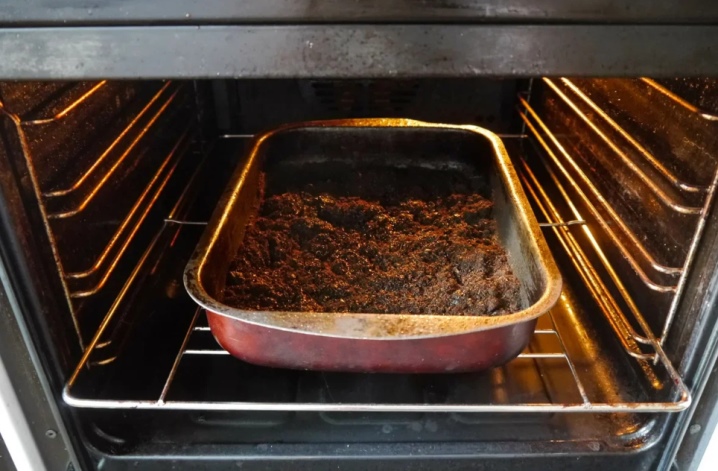
You can choose containers as purchased or simple homemade boxes (they are suitable for a large volume of plantings). The main feature of containers should be that they have a drainage system. Before pouring the earth into the boxes, they must be treated with potassium permanganate in order to disinfect.
The seeds also undergo preliminary preparation. Water is poured into a small flat container and seedlings are poured into it.
This is necessary in order to check if the seeds are empty or not. Hollow seeds will remain on the surface, whole seeds will sink to the bottom.
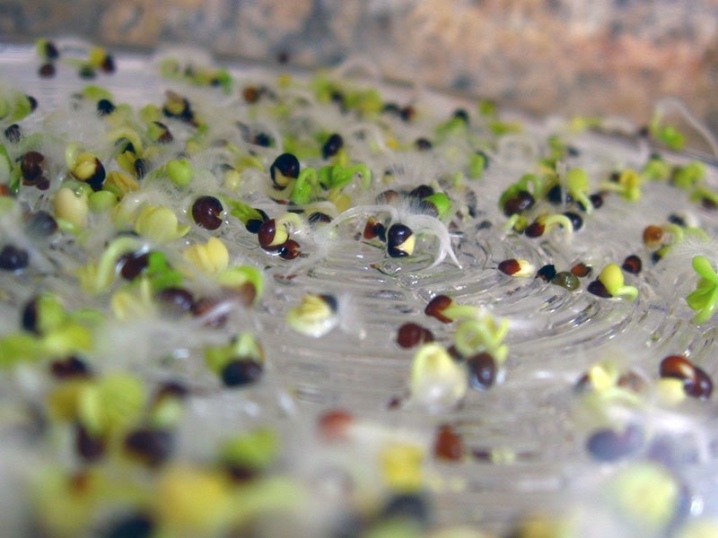
After that, further selection is made. Only large and medium-sized seeds are selected, in most cases they will give good and strong seedlings. The material can be treated with potassium permanganate. This is only done if the seeds have not been previously processed.
The day before planting, the seeds are soaked in a solution of wood ash for 3-4 hours, and then washed in water, wrapped in gauze and placed in the refrigerator on the lower shelf.
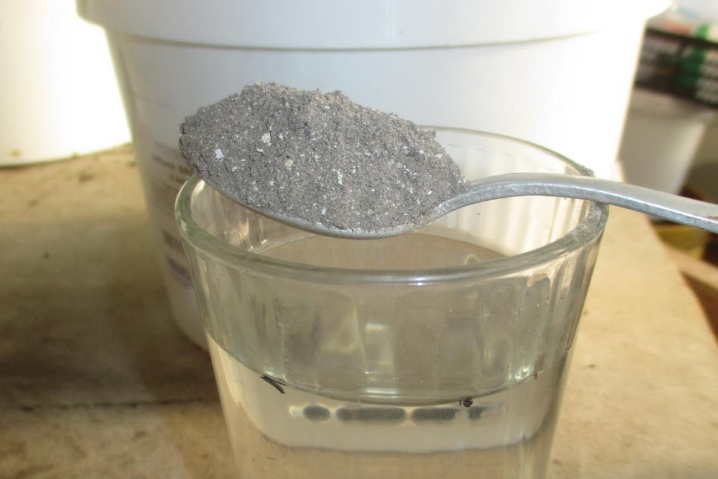
Landing
Sowing broccoli seeds is no different from sowing other types of crops. You just need to follow some points.
In the seedling boxes, holes or grooves are made with a depth of 1-1.5 cm. All the resulting depressions are spilled with a weak solution of potassium permanganate (1%), then wait 30-50 minutes until the solution is absorbed.
You can plant seeds close to each other, or you can keep the distance between them. If planted in a chaotic manner without any systematization, then over time it will be necessary to dive the seedlings. That is, to separate them from each other and transplant them into new containers.
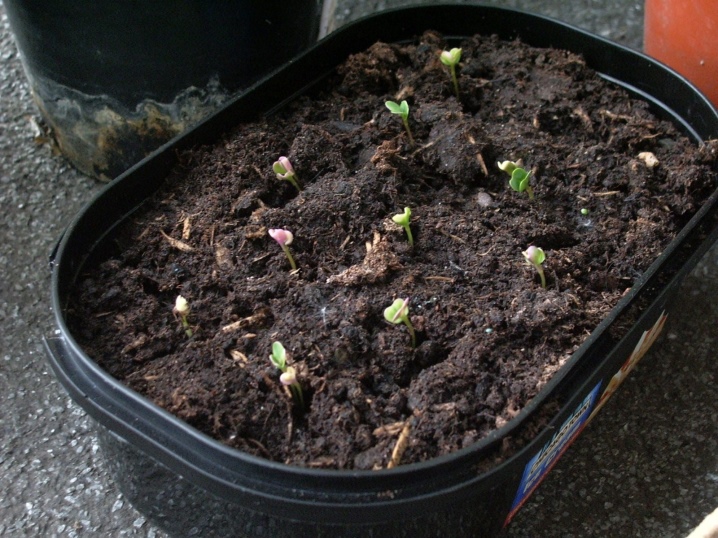
The best option for planting without the subsequent need to make a pick is a 4x6 cm scheme, where the first value is the distance between the seeds, and the second is between the rows.
After planting, the earth is leveled, and everything is spilled with water through a spray bottle. The boxes are covered with foil or glass and left indoors at a temperature of 18-20 ° C. The seeds will hatch in 3-5 days. After that, the film must be removed.
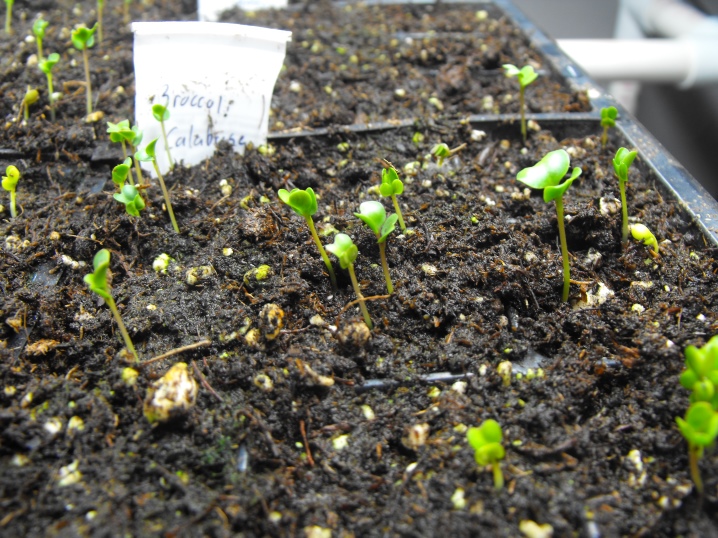
After the seedlings are stretched to a height of 5-8 cm, the temperature will need to be lowered to + 10 ° C. As mentioned earlier, seedlings do not like too warm air.
Care
It is the care of the seedlings that lays the main foundation for the health of the plant and the future harvest. Therefore, proper care and comfort must be provided for all seedlings.
The first thing that plays an important role is lighting and temperature conditions. If everything is clear with the temperature, then the culture should receive quite a lot of sunlight. At the same time, it is undesirable to put the seedling boxes on the windowsill, since the seedlings may feel bad from direct sunlight, or they will even become hot. To avoid these moments, you can use a UV lamp. On average, daylight hours should be 10-12 hours for planting in the southern regions, and 15 hours for northern ones. The lamp should be positioned at a height of 15-20 cm from the seedlings.
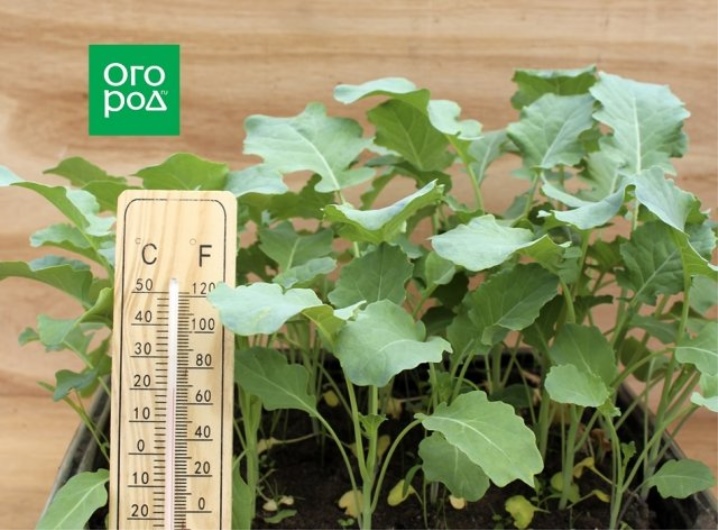
Watering should be done regularly, as cabbage loves moisture. Irrigation should be done when the topsoil begins to dry out. Waterlogging also negatively affects the seedlings, namely, the roots. Especially if the land has not been previously processed, then a large accumulation of moisture can cause damage to a fungal disease (black leg).
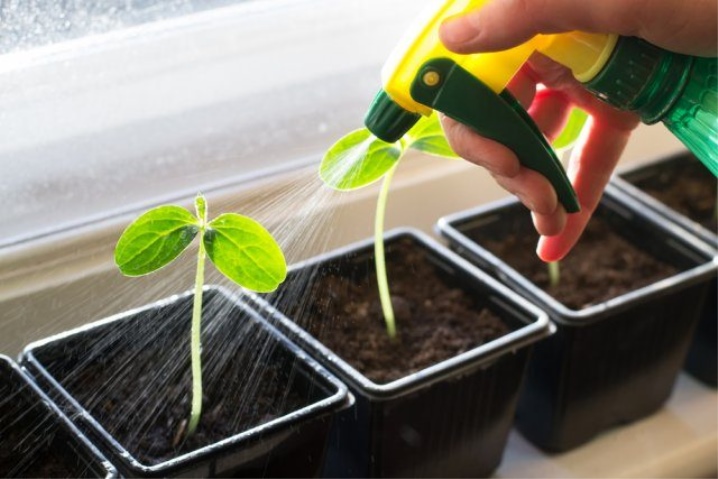
Top dressing is one of the important points that should never be overlooked. You can feed the seedlings for the first time 3-4 days after picking (picking is carried out at the age of two weeks) with a solution of nitroammophoska. And you can also feed with nitrogen-containing minerals, potassium and phosphorus.
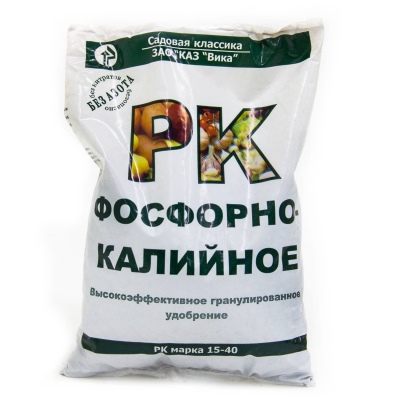
If the seedlings turn yellow, then this is an indicator that there are not enough microelements in the soil, or, conversely, there are too many of them. With a lack of potassium, the tips of the plant mainly turn yellow.
What if the seedlings are stretched out?
With improper care when growing seedlings, some problems can arise, especially at home. As noted above, these may be yellowed leaves or a lesion with a black leg. But the most common ailment that can appear unexpectedly is over-stretching of seedlings. The stem becomes very long and slender.
It is noted that this is mainly due to a lack of sunlight or excessive density of seedlings in a small area. Temperature conditions can also cause broccoli to grow actively.
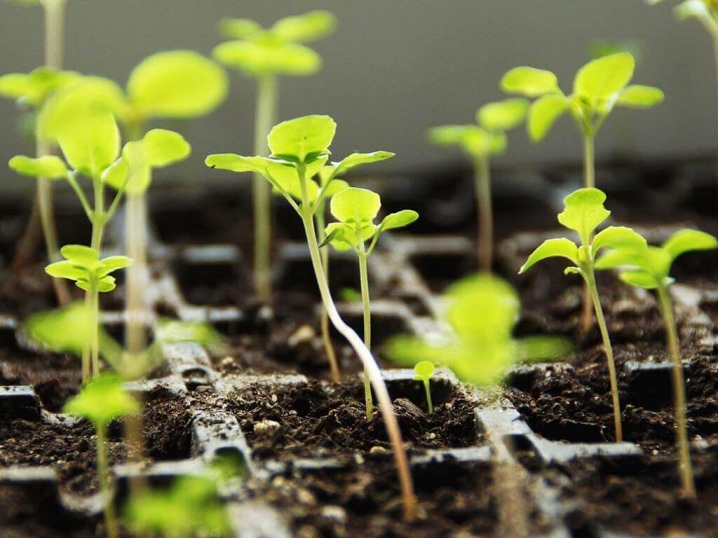
In most cases, if the seedlings are actively growing, it becomes quite difficult to save them, and sometimes even impossible. Time is an important factor. You need to know exactly when the active growth phase began, how long it lasts.
If there are few such specimens, then they can be removed and unpacked into separate pots. They should be buried a little deeper into the ground (along the cotyledons) or immediately transplanted to the garden bed, gradually sprinkling the stem with earth until the first leaves. But even in this case, it is not always possible to save such seedlings. Therefore, it is recommended to comply with all agricultural standards and care rules.

The nuances of planting in open ground
Broccoli can be grown both indoors and outdoors. But everything has its own nuances. Before planting in the ground, the containers must be spilled with water so that the extraction of seedlings is easier.
Disembarkation is carried out in the presence of 5-7 leaves and is carried out in May-June. It is important that the soil is warmed up as much as possible. If not, then it is best to spill the prepared wells with hot water.
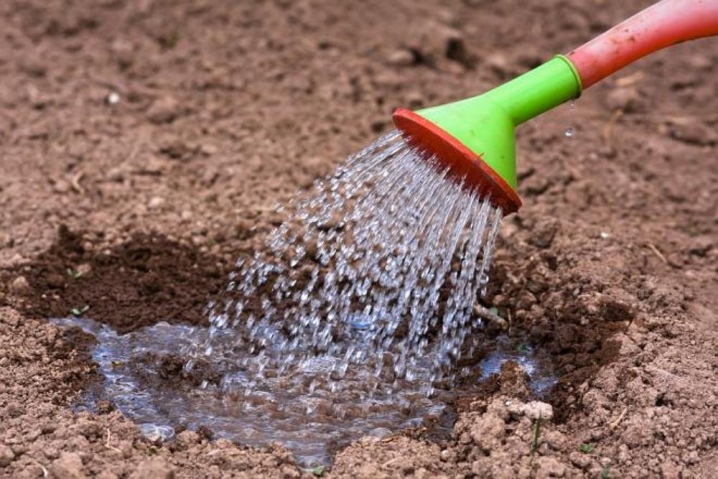
The pits are dug out according to the 35x50 cm scheme. It is best to plant the plant in dry weather.
The place should be sunny and well-blown by winds, without drafts. Broccoli is best planted with spinach, lettuce, beets and celery. But the neighborhood with tomatoes and other cabbage is undesirable.
And you can also sow seeds directly into open ground without prior germination. Most often this is true for warm regions where the earth warms up quickly and there is no spring frost.
In this case, the seeds will hatch for 2 weeks at a daily temperature of 5-10 ° C. Otherwise, they are cared for in the same way as when growing in seedling boxes.
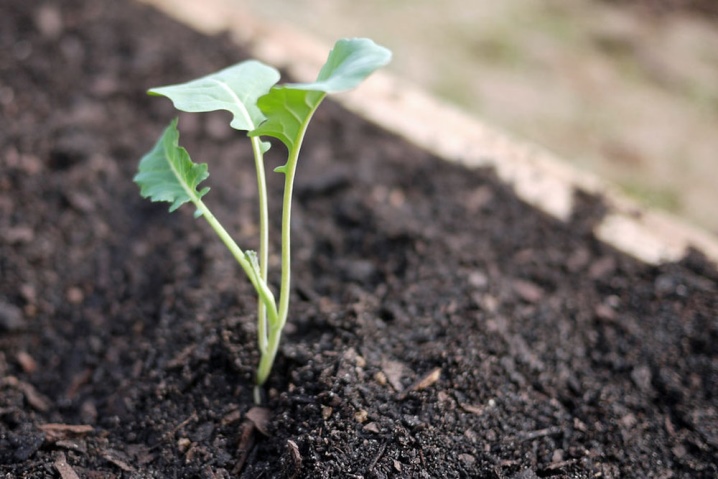













The comment was sent successfully.